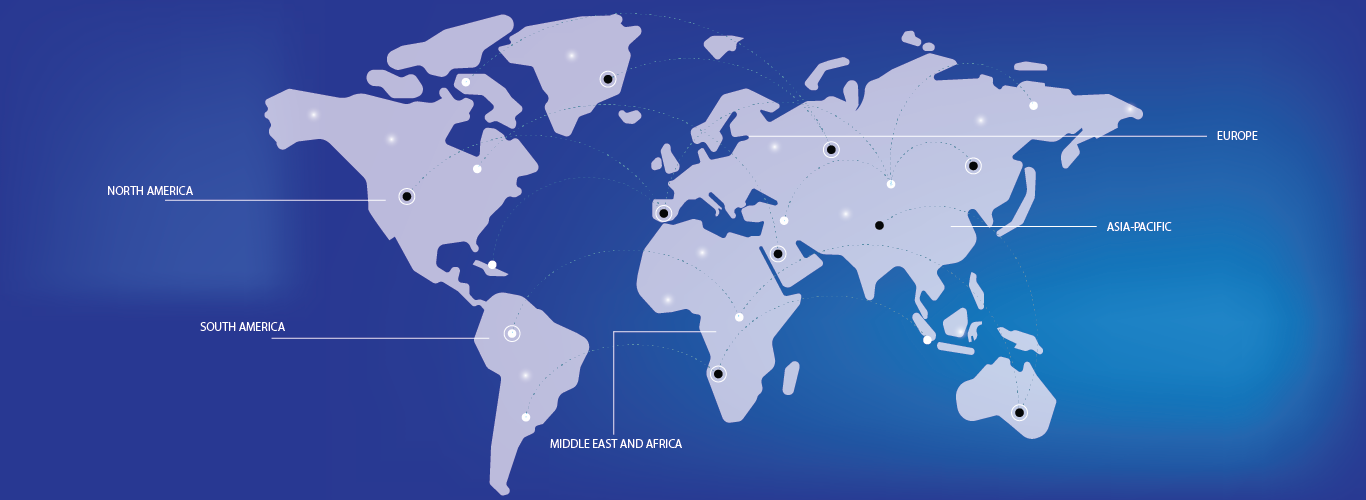- Flow sensors are sophisticated devices designed to measure the flow rate of liquids or gases in pipelines, ducts, or open channels, converting these measurements into electrical signals for real-time monitoring, process control, and data analysis. These sensors play a pivotal role in industries such as oil and gas, water and wastewater, chemical manufacturing, and power generation, ensuring operational efficiency, safety, and compliance with environmental and regulatory standards.
- The escalating demand for flow sensors is driven by their ability to provide highly accurate and reliable flow measurements in complex industrial systems, supported by advanced technologies such as ultrasonic, electromagnetic, and Coriolis flow sensors. The global push for automation, driven by Industry 4.0, coupled with stringent environmental regulations aimed at reducing emissions and optimizing resource usage, is significantly boosting the adoption of flow sensors worldwide.
- North America dominated the global flow sensor market with a commanding revenue share of 34.5% in 2024, driven by its advanced industrial infrastructure, significant investments in research and development, and high adoption rates in critical sectors like oil and gas, chemical processing, and power generation. The United States, in particular, has emerged as a leader due to its robust manufacturing ecosystem and supportive government initiatives promoting renewable energy and smart manufacturing.
- The Asia-Pacific region is anticipated to experience the fastest growth rate, with a projected CAGR of 6.1% from 2025 to 2032, propelled by rapid industrialization, urbanization, and government-led initiatives to address environmental challenges in countries such as China, India, and Japan. The region’s focus on smart cities and sustainable infrastructure is further driving demand for flow sensors in water management and energy applications.
- Among product types, the differential pressure flow sensor segment held the largest market share of 25.2% in 2024, valued at USD 0.69 billion, attributed to its widespread use in measuring flow rates in complex systems like oil and gas pipelines and HVAC applications due to its reliability, cost-effectiveness, and compatibility with various fluids.

Frequently Asked Questions
The market is segmented based on Segmentation, By Product Type (Differential Pressure Flow Sensors, Positive Displacement Flow Sensors, Mass Flow Sensors, Open Channel Flow Sensors, Velocity Flow Sensors, Others), By Component (Hardware, Software, Services), By Application (Oil and Gas, Water and Wastewater, Chemical and Pharmaceutical, Food and Beverage, Power Generation, HVAC and Energy, Automotive, Others), By Technology (Coriolis, Ultrasonic, Electromagnetic, Thermal, Mechanical, Others), By End-User (Industrial, Commercial, Residential) – Industry Trends and Forecast to 2032
.
The Global Flow Sensor Market size was valued at USD 4.29 USD Billion in 2024.
The Global Flow Sensor Market is projected to grow at a CAGR of 5.24% during the forecast period of 2025 to 2032.
The major players operating in the market include Proxitron GmbH, Siemens, Sika AG, First Sensor AG, Emerson Electric Co., SICK AG, OMEGA Engineering Inc., Christian Bürkert GmbH & Co. KG, TSI, KEYENCE CORPORATION., Honeywell International Inc., ABB, Motorola SolutionsInc., Robert Bosch GmbH, Infineon Technologies AG, Fluke Process Instruments and BorgWarner Inc. .
The market report covers data from the North America.



